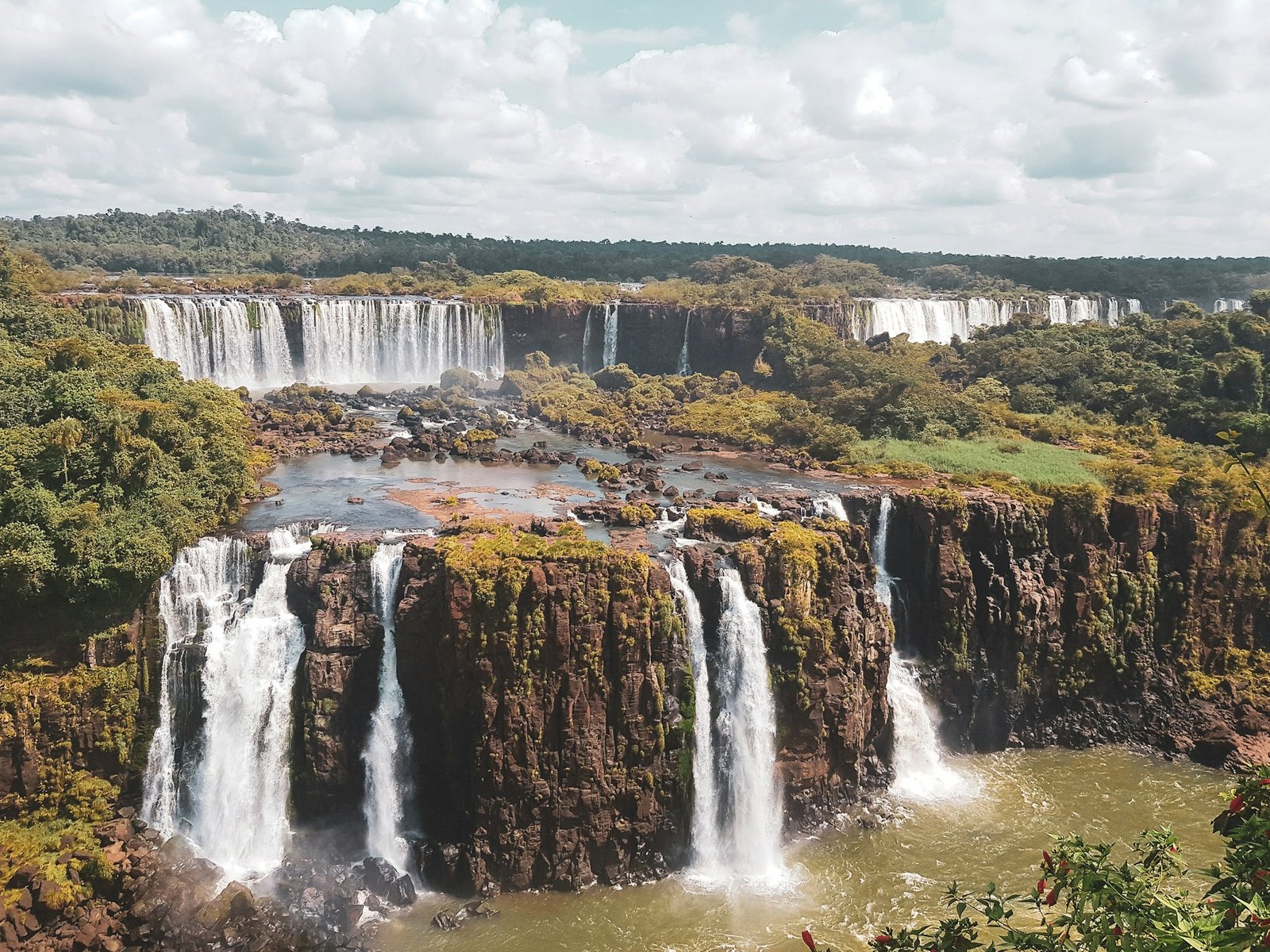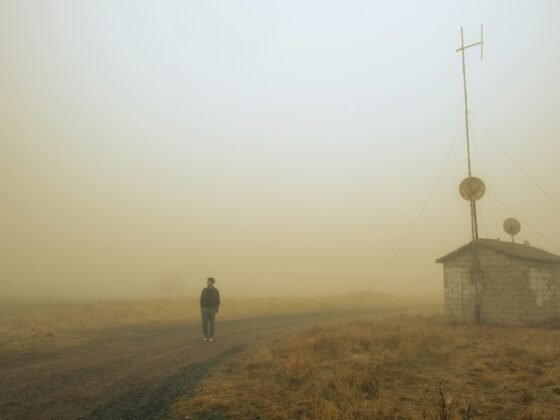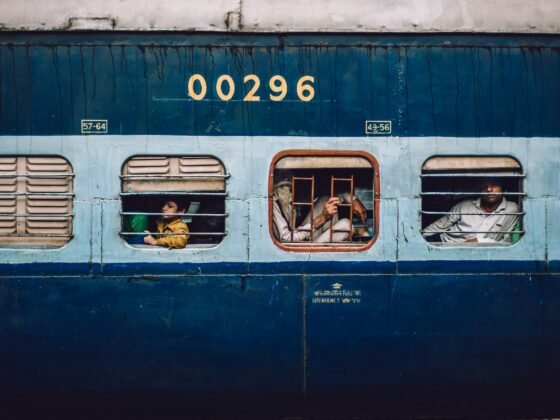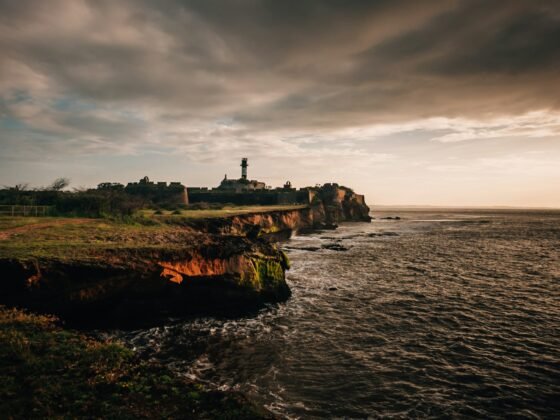by Moira Smart
PureTravel Writing Competition 2024
One of the lines in Pablo Neruda’s poem “You Start Dying Slowly” reads “…if you do not go after a dream.” Comfort zone is where dreams go to die. I was there – and dying slowly.
The spark kept alive by armchair travel was kindled in my sixties. I gave myself permission to lift my eyes beyond the horizon of the washing line and responsibilities of family, community, and four-walled office employment.
At this intersection on my life journey, the spotlight fell on the UNESCO World Heritage Site, Iguazu Falls, which straddle Argentina and Brazil. A friend and I took the plunge and winged our way across the Atlantic Ocean from South Africa to South America.
Buenos Aires was an assault on my senses: unique sights, sounds, and tastes, a foreign language, tango dancing in the plazas, chaotic traffic driving on the “wrong” righthand side of the road. Avenida 9 de Julio, with its sixteen lanes, is the widest street in the world. Crossing it on two legs and arriving intact on the other side was a major accomplishment. A vibrant, lively city. And yet, who has heard of a city where lifeless people occupy the most expensive real estate? You will find it here in Recoleta Cemetery.
Before visiting Iguazu Falls, we travelled north to the Misiones Rainforest to spend three days at the rustic Yacutinga ecolodge. It was encouraging to note their conservation and sustainability policies, which are strictly adhered to. Our guide patiently pointed out the marvelous diversity of birds and other wildlife. The haunting sound of black howler monkeys echoed in the forest canopy. At night, the pouring rain a reminder that I was in a rainforest, as did our literal stuck-in-the mud experience as we tried to leave the lodge the next day.
I would be juggling superlatives if I attempted to describe the Iguazu Falls and the surrounding jungle. Arriving soon after the rainy season, twelve million liters of water thundered to the abyss every second. Along the walkways exclamations erupted in a colorful array of languages as we all gazed at this wonder of nature.
To quote the biologist Rachel Carson: “Those who contemplate the beauty of the earth find reserves of strength that endure as long as life lasts.” After this first delightful shove out of a rut, I was ready to draw on those reserves of strength and venture around the next bend.
With trepidation I planned my first solo trip. ‘Fear’ being part of my life baggage to toss along the way. On the concept of losing baggage and traveling light, I reckoned only taking a carry-on backpack would be less stressful than dragging a heavy suitcase around, and waiting anxiously at the carousel for luggage, which may have flown to Cordoba in Spain.
Why not try an authentic homestay? Part of learning to trust strangers. By staying in a private home in Buenos Aires, I enjoyed the local lifestyle and food, and tried my hand, or should I say tongue, at learning Spanish. Conversation eluded me, but I hung onto essential words and phrases.
A nine-hour overnight bus ride from Buenos Aires to Cordoba seemed like a fine plan, being cheaper than flying and saving the cost of one night’s accommodation. Retiro bus terminal is a maze of sixty platforms. It took some wandering and enquiring in “Spanglish” before I settled in for the night.
Rude awakening next morning. Not realizing that Cordoba is the name of the province as well as the city, I travelled on merrily as each garbled Spanish announcement ended in “Cordoba.” Until the end of the line at Alta Gracia. A kindly gentleman paid my bus fare and escorted me back onto the bus to return to Cordoba city. This after an embarrassing moment as a fellow passenger pointed out there was a red light shining from my backpack…my headlamp had switched on, making me look like an aging hooker. Next time, study the local map beforehand.
My plan was to follow the UNESCO World Heritage Jesuit Trail, part of the “Camino Real” ancient trade and culture route. After the expulsion of the Jesuits by the covetous Spanish in 1767, most of their mission settlements in Brazil and Paraguay fell into disrepair, whereas the ones around Cordoba in Argentina are still functioning establishments. On guided tours around four of these Estancias I delved into their turbulent history in the 1600s and various functions since the Jesuits.
Better prepared this time, I could relax on the overnight bus from Cordoba to Salta, known as “la Linda,” the beautiful, which it is indeed. Day excursions in this northwest corner towards the Bolivian border, were a unique experience of the Indigenous community and their traditions. One such trip was the 155km Quebrada de Humahuaca alongside the Rio Grande, and seven-color mountains as the backdrop. Once an Inca trade route, the Quechua language remains alive today. I had travelled back to a time and society about which I had no clue.
After taking the step to travel solo and leaving the familiar comfort of friends, there was space to interact with other cultures and travelers from around the world. But if I wanted to just stare out the window at the scenery I could say “No hablo Español.” Or speak in Afrikaans and watch their reactions.
Three more inspiring adventures south to Patagonia were to follow. Exploring from the Atlantic Ocean, crossing the mighty Andes Mountains to entrancing Chile and on to Tierra del Fuego at the end of the South American continent.
In the words of travel writer Freya Stark: “This is a great moment, when you see, however distant, the goal of your wandering. The thing which has been living in your imagination suddenly becomes part of the tangible world. It matters not how many ranges, rivers or parching dusty ways may lie between you: it is yours forever.” By embracing my dream in this corner of the world, it is now mine forever.
Instead of accumulating baggage, I had offloaded some and emptied my bank account – but gained life enriching experiences and that is priceless.
Photo by Pau Sayrol on Unsplash











